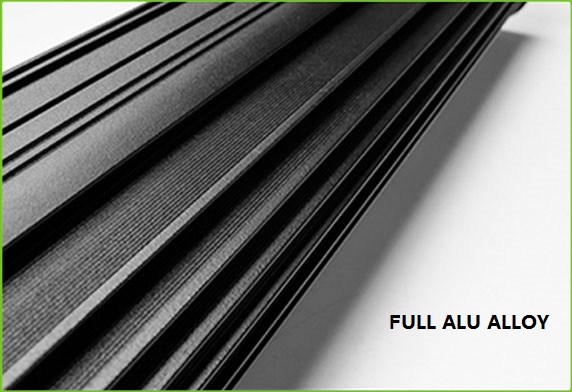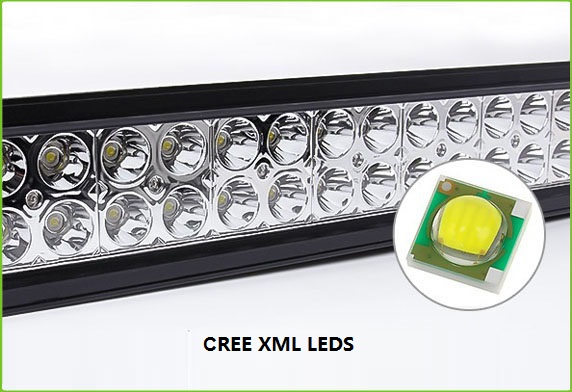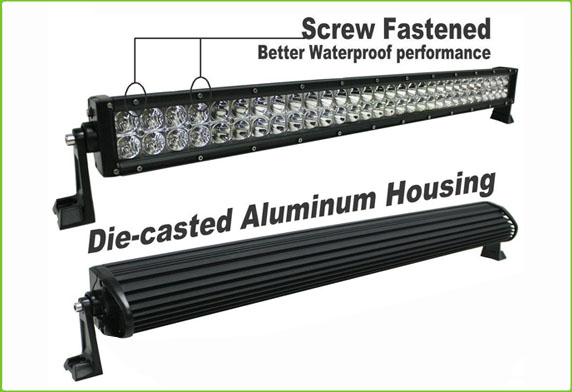Auto LED Comparing HID Xenon Lamps
- Sep, 17, 2021
- LED Light Bar
- LED Driving Lights
- No Comments.

Switching to LED lights for your vehicle brings multiple advantages, with the most significant of them being the fact that these lights can throw an extremely intense light without draining your car’s electrical system.
Almost any vehicle uses either HID or halogen bulbs, and some models even use a mix of the two in order to have separate bulbs for the main and dipped beam. If you have a vehicle that is designed to take halogen headlight bulbs, installing HID bulbs is not a possibility, as this kind of bulb is not designed for this particular type of car and therefore will not fit.
If you have a vehicle that uses HID headlight malts only, you cannot install halogen bulbs instead. There are a couple of requirements that you need to conform to in order to be sure your HID kit is legal on the road. These include headlight washer jets, nonreflective clear headlights, auto levelling headlights or auto levelling suspension, and the product must be fully E-marked.
Main Benefits of LED Headlights
A common sight on production cars, LED headlights are made up of countless light emitting diodes, and they offer several notable advantages over both xenon and halogen headlights. LED lights are simply made from semi-conductors, which means they have no wear and tear parts. Halogen bulbs have a filament that degrades with time, but LED by should last the lifetime of the car because there are no parts that may need replacement.
Another advantage of LED when compared with HID Xenon lamps is that the former requires less electricity, vastly reducing CO2 emissions as well as any drain of the battery. Moreover, the light you get with an LED bulb is much closer to daylight, which reduces glare and makes it easier on the eye.
The only main disadvantage of LED bulbs is price, but you get easily save money in the long run, because these kinds of bolts do not require frequent replacement.
Main Differences Between LED Bulbs and Xenon Lamps
Xenon lamps, also known as HID, contain a blend of rare metals and gasses that get heated in order to generate bright white glow. As a rule of thumb, these lenses are roughly 2 or three times brighter then classic halogen bulbs, and for this reason many drivers think that their glare can distract them from the road. These lamps require less power to operate than halogen bulbs, but they still put a higher pressure on the battery then LED bulbs.
On the other hand, LED driving lights require very bold operate, which makes them an excellent choice for hybrid and full electric vehicles. Even though they create a small amount of heat towards the bottom of the emitter, LED headlights do not emit heat, so they are not creating any potential risk for any connective cables, nearby parts or assemblies. Due to their small size, these bulbs are suitable for various configurations, and come in various shapes that can be custom fit in any design.










